Related
A fascinating look at the world of modern art (seriously!) and the questions of whether a four year old’s paintings can compete and whether those paintings were genuine.
My Kid Could Paint Thatwas the last flick I witness at the 2007 Sundance Film Festival , and is a fascinating flavor at the level of four yr sometime Marla Olmstead , who a couple of year ago took the art world by storm by rocketing from low-toned center form obscureness to international renown through the sale of her painting . This documentary by director Amir Bar - Lev is super well done and is about as close to indifferent as I think one could get .
At the sentence of the documentary was shot , the Olmsteads had sell more than $ 300,000 worth of Marla ’s picture . Those in the art world compare her work to Kandinsky , Pollock and even Picasso . Due to her super vernal eld , her work captured the resourcefulness of the earth . fine art opening , limousines , and television appearing became part of the kin ’s number . Then , thanks to a60 Minutessegment which aired and cast dubiousness on the genuineness of Marla ’s work , and the Olmsteads ' world changed in an instant .
Amir Bar - Lev , the manager of the picture show , spent an integral year with the Olmsteads charge this documentary . He became mindful of them by reading a account about Marla and her paintings in the New York Times . His initial coming to the documentary was to take a look at the world of advanced art , but as things move on he saw that the veridical narrative was what was go on with Marla and her family .

We meet the category , consisting of Marla , a younger blood brother and her parents . The first one-half of the documentary tells the report of what led up to the discovery of Marla ’s paintings ( first expose at a local coffee berry shop just for play ) and the ensuing fame and eventual media blitz . The Olmstead ’s introduction to the globe come through a local newspaper reporter who arrive across as extremely honorable on both the journalism side of thing as well as the human side . Before writing her initial story about Marla and her paintings , she asked the Olmsteads very clearly whether they really wanted her to write the story , because although there was a positive side to the publicity there could also be some negative consequences down the route .
As it turns out she was right .
Things are zooming along like an out of control freight train with first national and then outside fame . The paintings sell for between $ 5,000 to $ 10,000 each and a wait list forms for next paintings . We see that Marla ’s mammy is much more reserved about the whole thing and would n’t be unhappy if everything stopped tomorrow . She harbors concerns about the effect it is having on her family and her girl in particular . Marla ’s dada on the other hand does n’t see any downside at all , and at one point his wife states that he really enjoys being the center of attention .
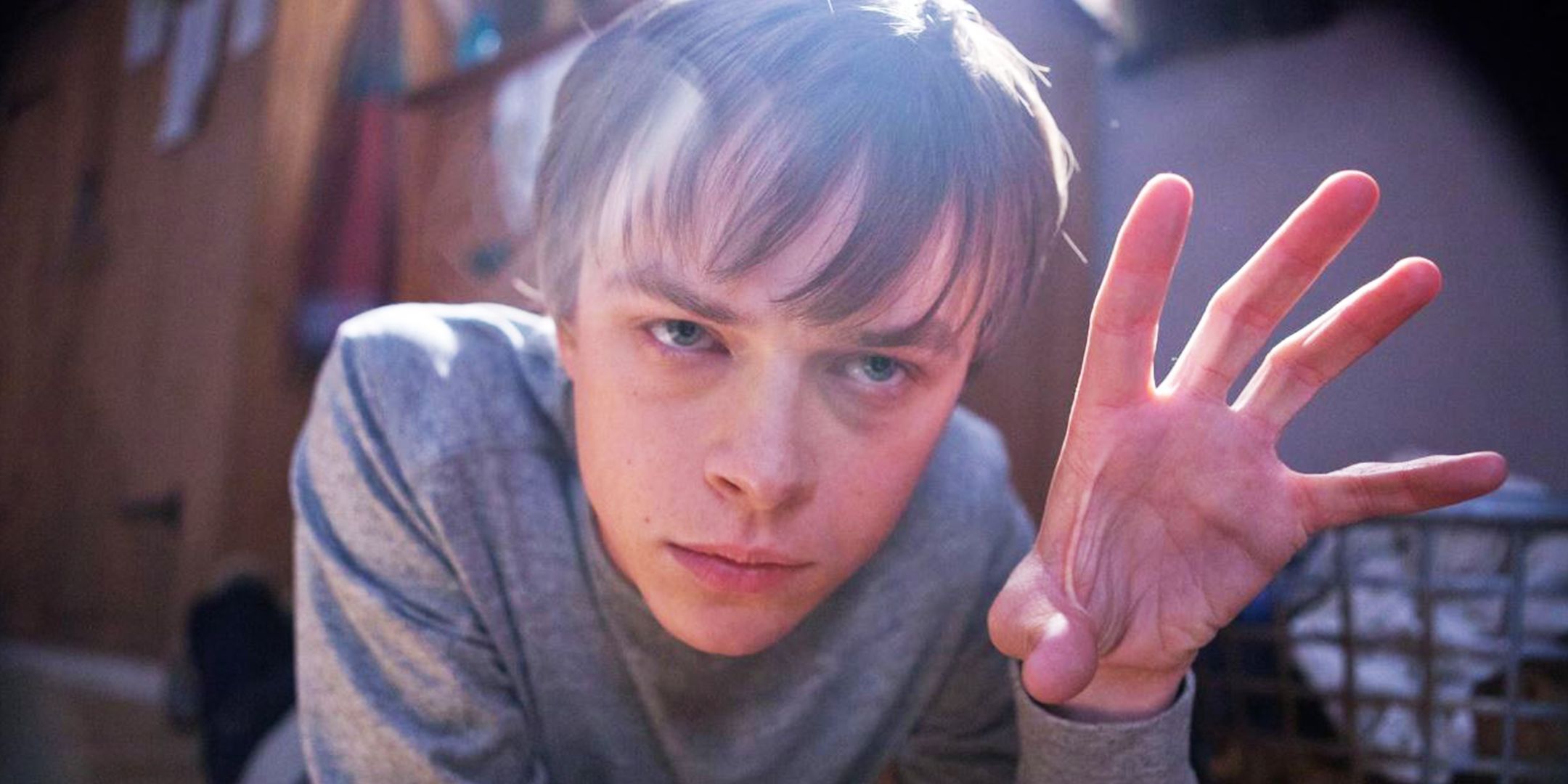
The documentary has an interview with a New York Times art critic who discusses modern ( or abstract ) artistic creation and the ground behind the sometimes apparently mad valuations for what count like some pigment splosh on a canvas . Part of his explanation is that the story behind the artwork contributes to the value . What has the creative person gone through , for exemplar ? In Marlas ’s typeface part of the value is due to the fact of her young age and the apparent mundanity of the work .
The cinema shifts gears drastically when we are at domicile with the Olmsteads find out them as they watch the broadcast of a60 Minutespiece which they thought was go to be supportive of Marla ’s body of work . Instead its purpose was to raise serious dubiousness about the authenticity of Marla ’s painting . Was she train by her begetter ? Did she paint them herself ? Her father is an amateur artist who paints , which is how Marla came to be interested in doing it herself . Immediately afterwards their earthly concern begins to undermine in on them as people in townspeople now expect at them as frauds and the possibility of causa from previous buyers bulk large .
The director interjects himself into his own documentary film to press out his of a sudden conflicted intuitive feeling on the entire project due to the extreme turn of event . I think this really append to the sentience of neutrality of the film as you see that this was very unexpected . He ’s known the kinfolk for quite a while now , and although they seem very honest and forthright he is plagued with doubts … in particular because throughout the month he ’s spent with them he has not managed to capture her creating one of her painting on film .
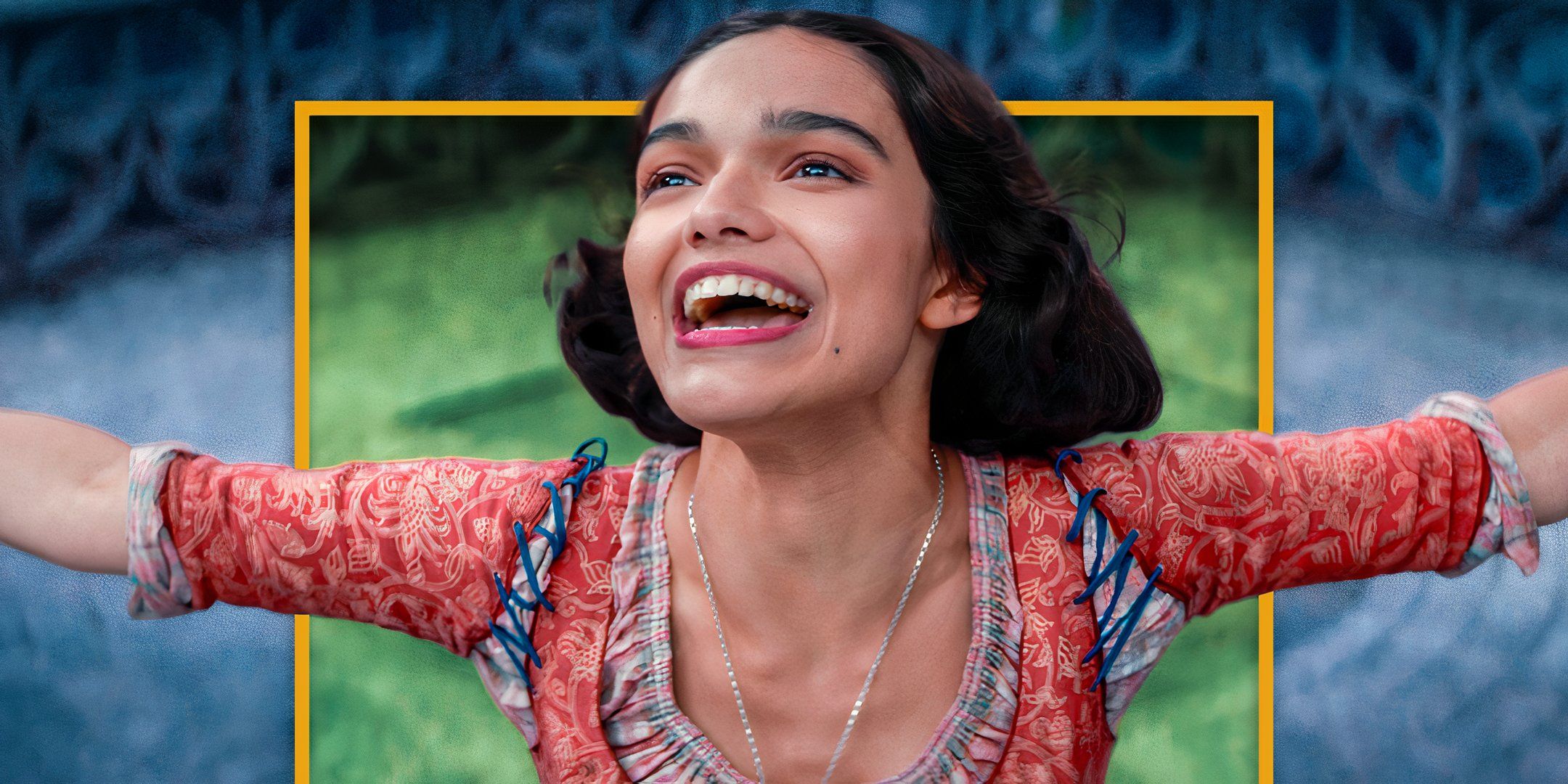
In the closing the fellowship manages to at least partially gain back the trust of the art world by finally documenting on film themselves Marla creating a house painting call " Ocean " from offset to finish . Although that particular picture does share similarities to prior paintings , it actually seems less advanced than those that have come before . Since then they have documented another painting from start to finish call " Rain " , which does seem to be near to the stylus of the early painting .
The watcher is leave behind to draw their own conclusion and although I liked that the film did that , another part of me would have care a definitive ending . Having sound out that , it ’s believably better that it was left open - stop because too many docudrama have an obvious agenda meant to convince the viewer of some particular point of view .
After the film I was fortunate enough to actually see some of Marla ’s painting at a local art drift . There are literary argument both ways here , and it ’s a very tough call .
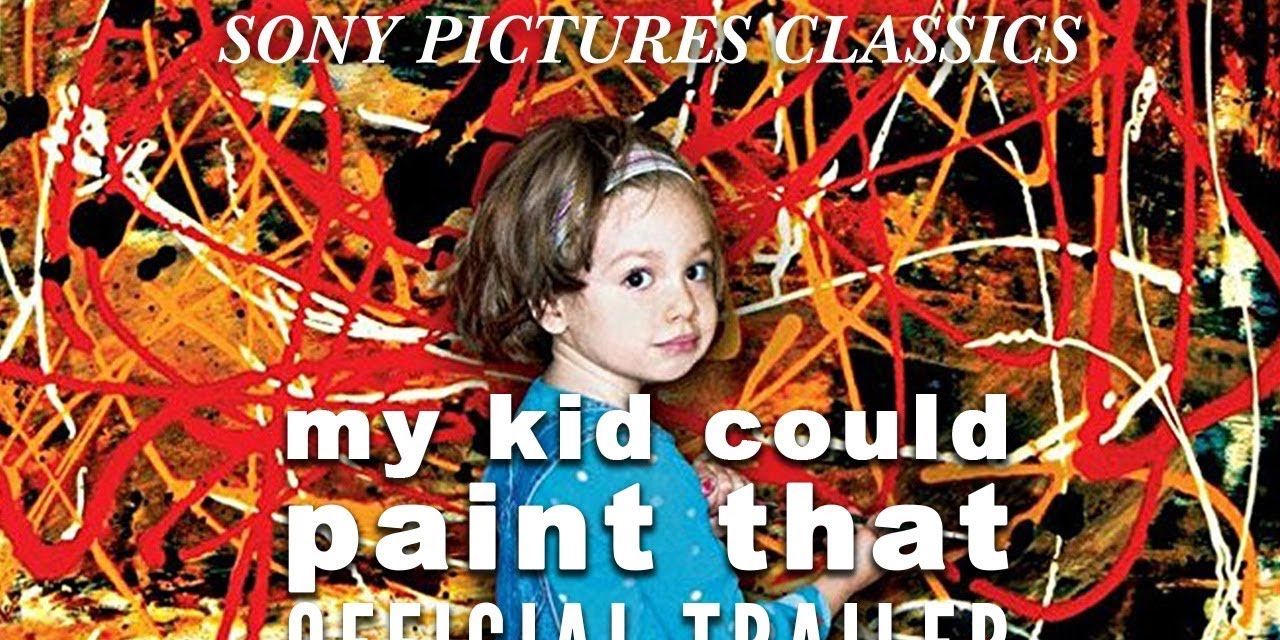
To teach more about Marla you canvisit her official site .
My Kid Could Paint That is a infotainment directed by Amir Bar - Lev , explore the story of Marla Olmstead , a 4 - year - sometime abstract painter whose workplace garnered international attention and considerable market value . The film examines the result media fury , accusation of fraud , and the ethics of exploiting a kid prodigy for commercial addition , while question the legitimacy and value of modern art .
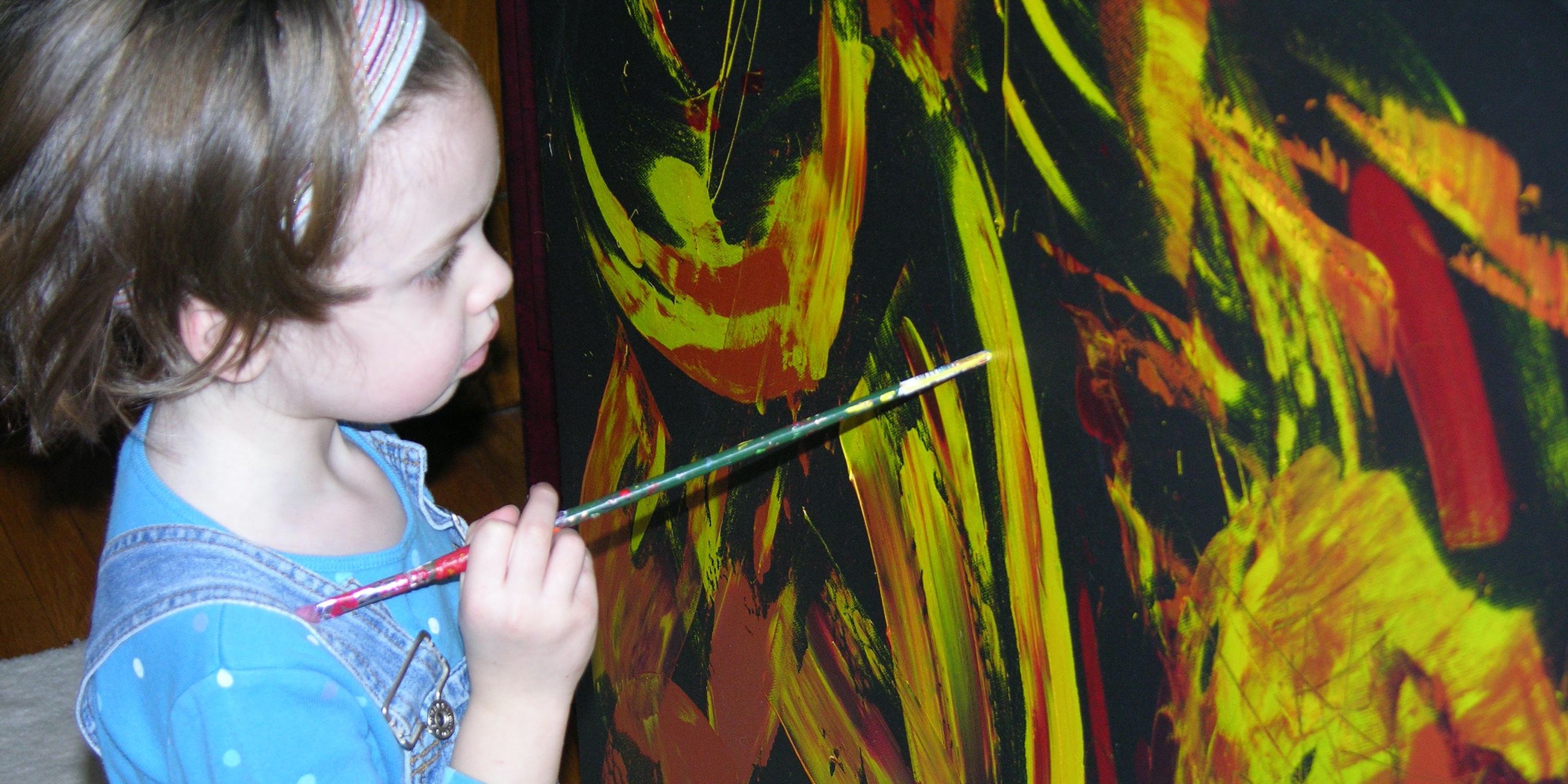
My Kid Could Paint That is a documentary directed by Amir Bar-Lev, exploring the story of Marla Olmstead, a 4-year-old abstract painter whose work garnered international attention and considerable market value. The film examines the ensuing media frenzy, accusations of fraud, and the ethics of exploiting a child prodigy for commercial gain, while questioning the authenticity and value of modern art.

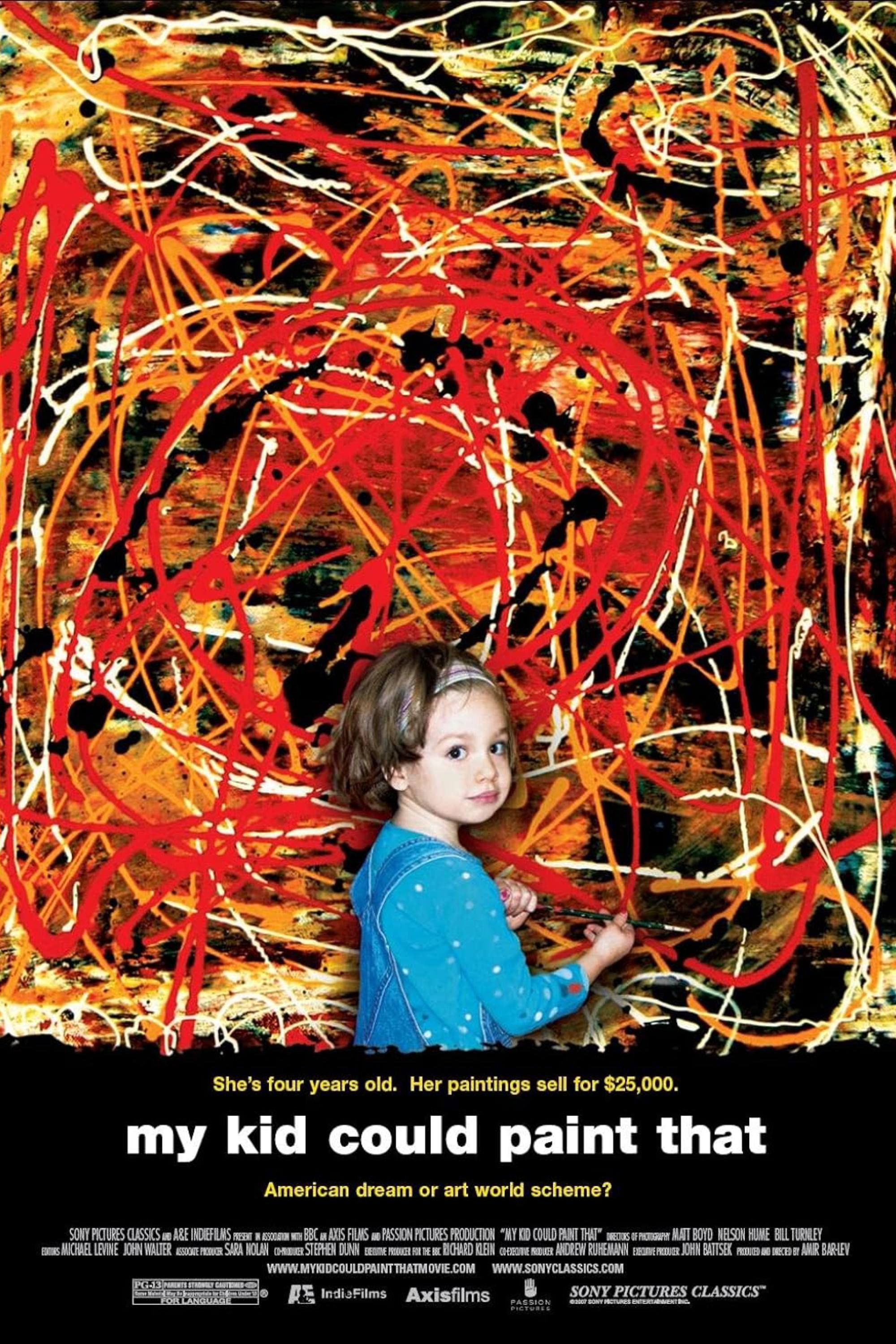
My Kid Could Paint That is a documentary directed by Amir Bar-Lev, exploring the story of Marla Olmstead, a 4-year-old abstract painter whose work garnered international attention and considerable market value. The film examines the ensuing media frenzy, accusations of fraud, and the ethics of exploiting a child prodigy for commercial gain, while questioning the authenticity and value of modern art.